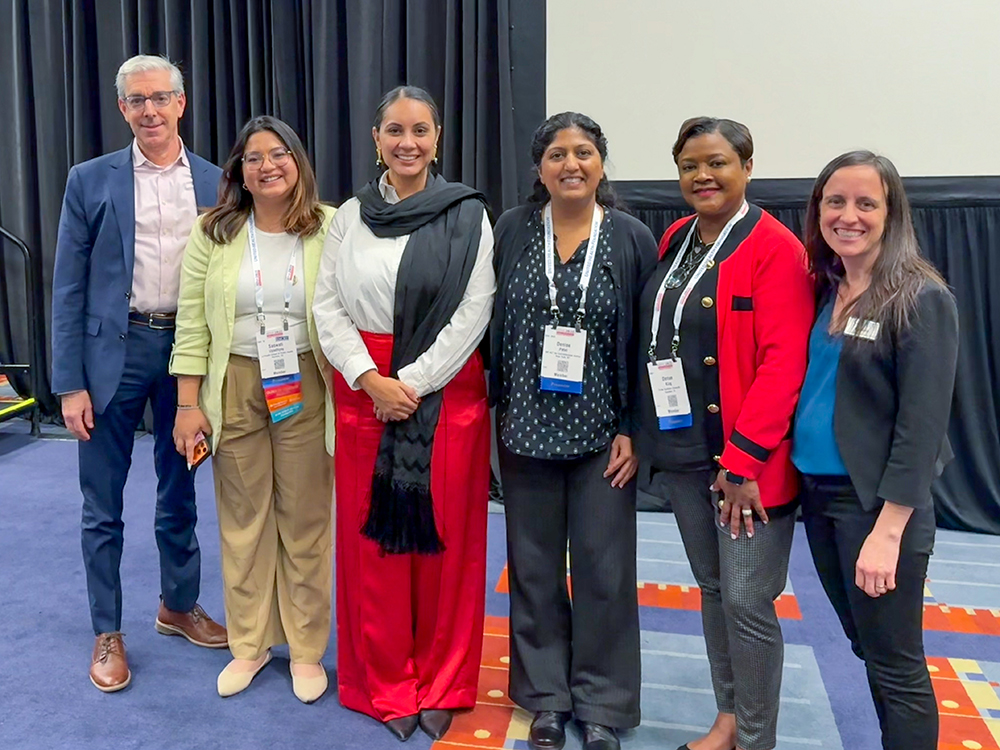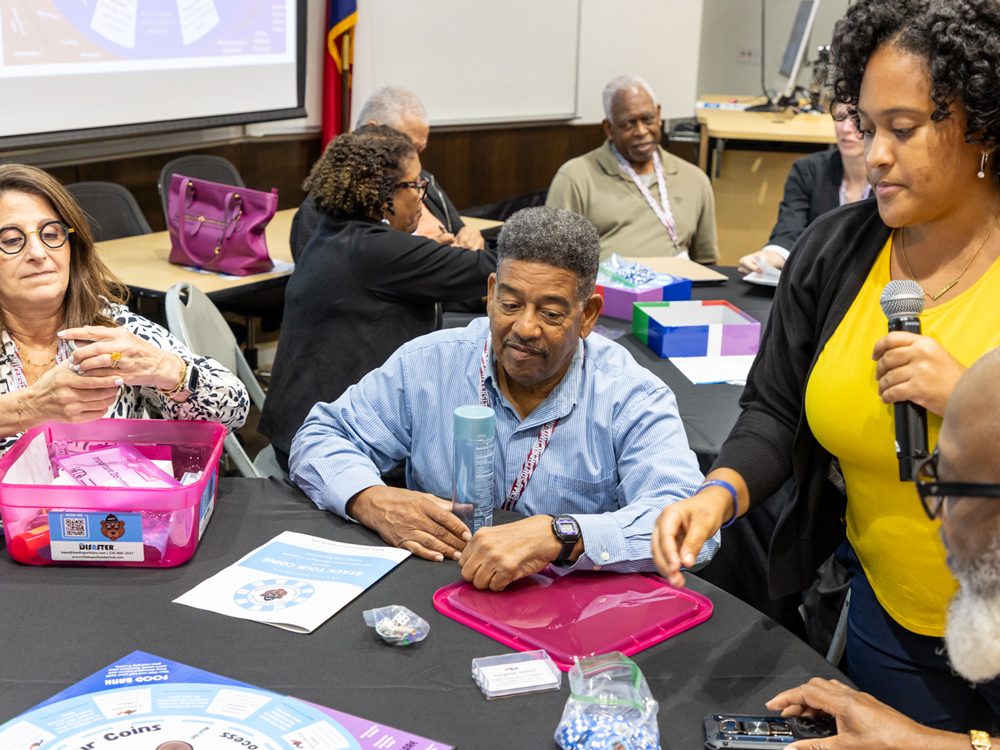Lorem ipsum dolor sit amet, consectetur adipiscing elit. Suspendisse varius enim in eros elementum tristique. Duis cursus, mi quis viverra ornare, eros dolor interdum nulla, ut commodo diam libero vitae erat. Aenean faucibus nibh et justo cursus id rutrum lorem imperdiet. Nunc ut sem vitae risus tristique posuere.
HOUSTON, TX | January 31, 2023 – The Bullard Center for Environmental and Climate Justice hosted a Justice40 training at Texas Southern University Barbara Jordan-Mickey Leland School of Public Affairs for leaders from Houston’s environmental justice communities faced with illegal waste dumping, legacy contamination, air pollution, flooding, and crumbling infrastructure.
President Biden’s Justice40 Initiative is focused on delivering 40 percent of the overall benefits of Federal climate, clean energy, affordable and sustainable housing, clean water, and other investments to disadvantaged communities that are marginalized, underserved, and overburdened by pollution and historic underinvestment. Dr. Robert D. Bullard, who serves on the White House Environmental Justice Advisory Council (WHEJAC), also leads the center’s Justice40 Project that provides technical assistance to organizations and networks that serve disadvantaged populations and communities.
The project is supported by a grant from the Bezos Earth Fund. The target audience for the training included longtime Bullard Center community-based organization partners Achieving Community Tasks Successfully (ACTS), Coalition of Community Organizations (COCO), Sunnyside Community Redevelopment Organizations (SCRO), Northeast Houston Redevelopment Council (NEHRC), and Texas Environmental Justice Advocacy Service (TEJAS).
The interactive training was conducted on the Council on Environmental Quality (CEQ) Climate and Economic Justice Training Tool (CEJST). The CEJST is an essential tool used to help the Biden administration identify disadvantaged communities and ensure Justice40 benefits of Federal programs reach communities that are overburdened by pollution and historic underinvestment.
These Federal programs represent billions of dollars in annual investments, including programs that were funded or created in the Bipartisan Infrastructure Law and the Inflation Reduction Act. A list of Federal programs covered by the Justice40 Initiative is available here. The CEJST excluded race as a factor in the tool—despite overwhelming evidence showing race is still the most powerful predictor of environmental and climate disparities, inequality and vulnerability.
“While excluding race from the CEJST makes it less likely to draw legal challenges, it will likely leave out some residents and communities that are victims of environmental racism and gentrification,” states Bullard who has studied and written more than a dozen books on the subject. It is worth noting the 1979 Bean v. Southwestern Waste Management Corp., the nation’s first lawsuit to challenge environmental racism using civil rights law, involved the siting and permitting of a sanitary landfill in a predominately Black middle-class suburban neighborhood where 85 percent of the residents were homeowners. The Houston Northwood Manor neighborhood was not a “poverty pocket” or “disadvantaged” community. It just happened to be dumped on because it was Black.
Middle income Black Americans who make between $50,000 to $60,000 live in neighborhoods that are more polluted than the average neighborhood in which white households with incomes below $10,000 live. “That’s why our invisible and forgotten communities need supplemental tools that keeps racism from being reproduced with maps,” says Bullard.
The interactive Justice40 training focused on using the CEJST side-by-side with the newly created Beta version of the HBCU Climate and Environmental Justice Screening Tool (HCEJST). The training included information on the indicators and the utilization of the HCEJST to identify disadvantaged communities eligible for Justice 40 priority programs and benefits by incorporating race/ethnicity and additional environmental factors.
The HCESJT was developed in partnership with our HBCU EJ Technical Team (HEJTT) led by Dr. David Padgett, an Associate Professor of Geography and Director of Geographic Information Sciences at Tennessee State University and other HBCU faculty and data experts (Dr. Paul Robinson - Charles R. Drew University of Medicine and Science, Dr. Linda Loubert, Cari Harris, and Malik Warren – Morgan State University, Dr. Tony Graham – North Carolina A&T State University, and Dr. Reginald Archer and Pamela Bingham – Tennessee State University). Training participants shared the best part of the training was, “everything was explained clearly” and “learning about the tool and how the tool can be used for grant funding”.
Following the HCJEST tool training, a ground truthing tour of environmental justice neighborhoods in Houston’s Fifth Ward, Kashmere Gardens, Pleasantville, Manchester and Sunnyside neighborhoods was held. The tour provided an opportunity to visit Houston communities assessed in the training and determine the factors that contribute to a disadvantaged designation. It also provided Bullard Center staff, technical support team members, and partnering community leaders with a clear picture of the EJ and climate concerns in Houston’s underserved climate vulnerable communities.
The Bullard Center will host a second Justice40 CEJST/HCEJST training in Houston in March for more than two-dozen CBO Hub leaders from 10 states. The training is part of the Bullard Center and Deep South Center for Environmental Justice (led by Dr. Beverly Wright, also a WHEJAC member) Justice40: A Time for Righteous Investments collaboration.










